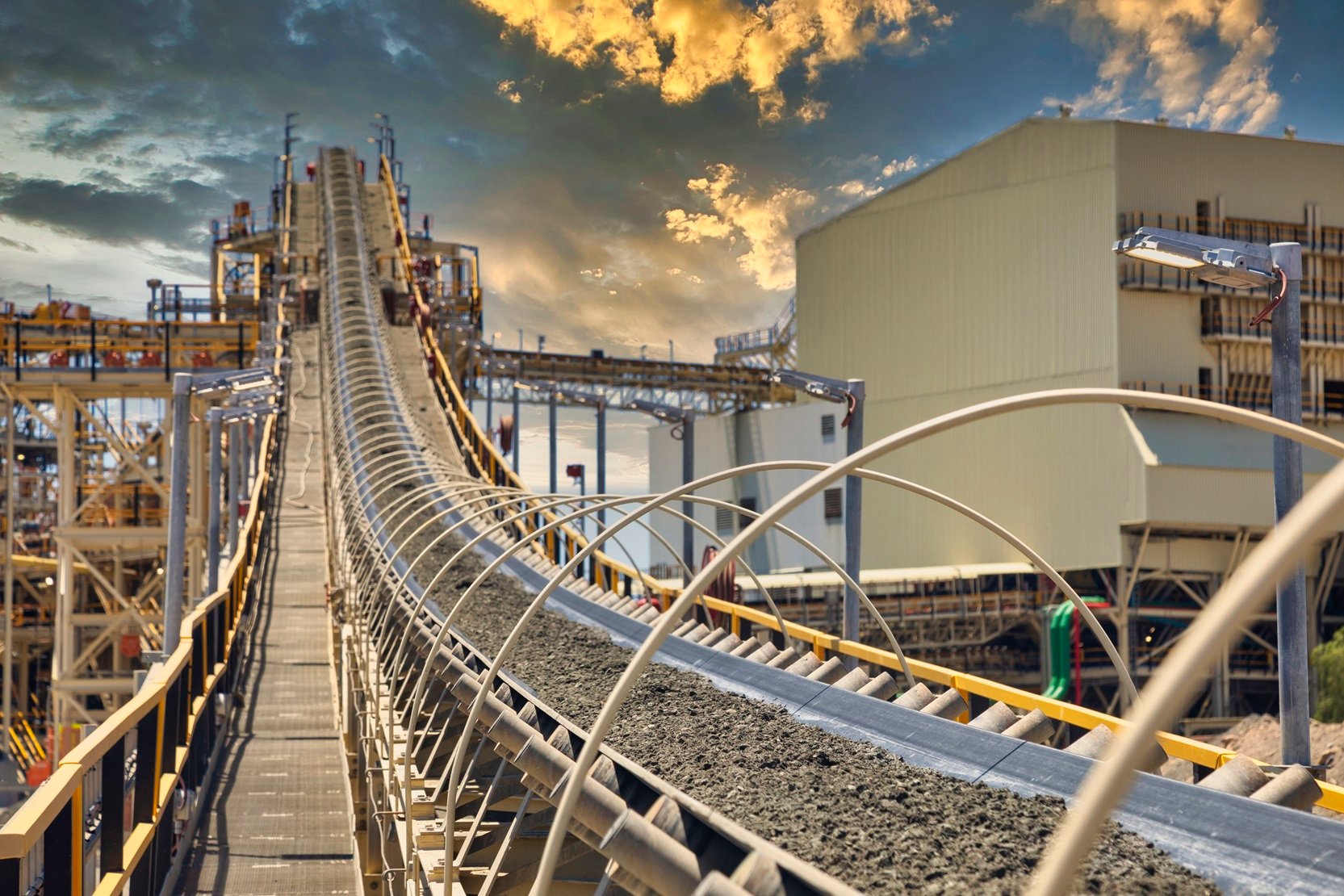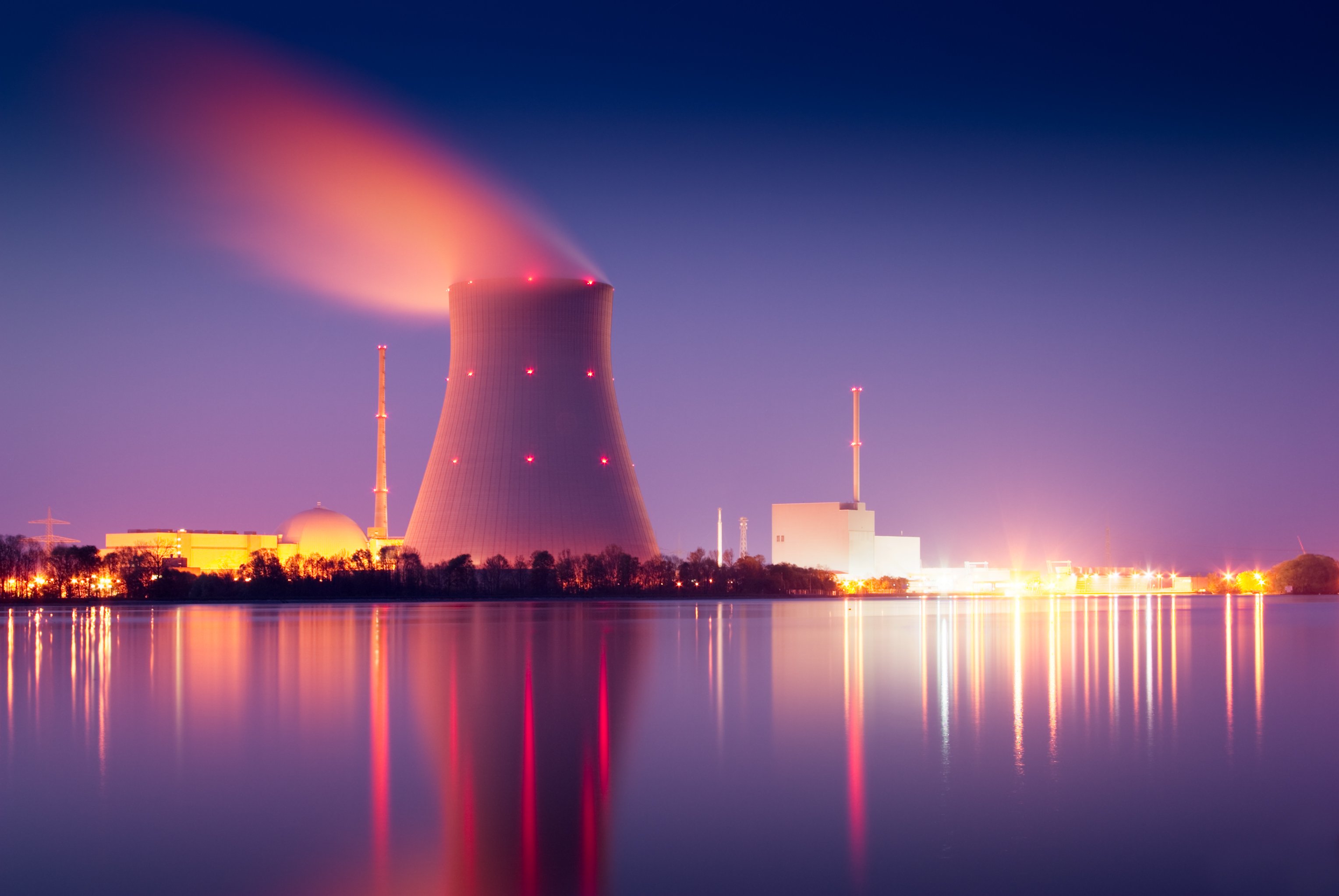Fracking has taken off in the last few years, allowing the U.S. to produce meaningful amounts of oil and gas -- and the technology is only going to get more efficient with time.
In this clip from Industry Focus: Energy, Motley Fool analysts Sean O'Reilly and Taylor Muckerman talk about some of the best companies that long-term investors might want to take a look at across the subsections of the fracking industry -- from giant companies that handle all the parts in the process to more specialized companies that focus on things like providing the necessary sand or parts to drillers and producers.
A full transcript follows the video.
This video was recorded on April 20, 2017.
Taylor Muckerman: We're not going to talk about the producers today, because those are some of the bigger names we mention all the time, because they're the folks that are most directly impacted by the price of oil. But, yeah, you're calling companies, A, you can call a company that can do pretty much everything, which is going to be a Schlumberger, Halliburton, Baker Hughes, or Weatherford -- those are the ExxonMobil of the drilling and fracking world. They do everything.
Sean O'Reilly: But they do not own or produce or sell the oil.
Muckerman: They don't. Maybe there's some kind of way that they can negotiate a contract with royalties, but no, for the most part, you're buying a stock in these companies because they're going to do the dirty work.
O'Reilly: And then they get a day rate, and that's it.
Muckerman: They get a day rate for the rigs, and then for all the equipment they use, and rental prices and things like that, yeah.
O'Reilly: So all along, they were giving oil companies a break on these day rates and stuff. But now, they're like, "All right, now that oil is up, we need to ... "
Muckerman: They have to eat, too. So you get them to provide some of the equipment to do the drilling, to do the fracking, to do the completing. And then once the oil starts flowing, they throw the wellhead on it, sometimes call it a Christmas tree because that's what it looks like when it's sitting on top of the well. Then, once the oil is producing --
O'Reilly: On to the next one.
Muckerman: They clean their hands with some of the orange automotive soap that really degreases everything, and then they move on to the next one. Another reason why we're producing and drilling so much more efficiently is because we have what we call pad drilling now, where they basically put some of these rigs on tracks, and without disassembling them like they used to have to do, they used to have to take apart the drilling rig every single time.
O'Reilly: I'm picturing a crane.
Muckerman: It's like a bulldozer or a tank. It's basically on a track. It's called pad drilling, where they can slide it over to the next well site. Disassembling these rigs was the bulk of the time these companies were spending on actual drilling.
O'Reilly: You can imagine it's complex.
Muckerman: Yeah, exactly. And if one bolt is wrong, you're screwed.
O'Reilly: Let's talk a bit about water and sand.
Muckerman: Water and sand make up about 98%-99% of what you're forcing down there, and then you have some chemical additives that are used for --
O'Reilly: Like slickwater solutions, whatever that is.
Muckerman: -- to reduce the growth of bacteria, which can be dangerous, releasing gases. It also provides a bit more of a fluid environment. Yeah, predominantly water and frack sand and some sort of proppant, depending on what kind of well you're drilling.
O'Reilly: There are companies like U.S. Silica and Hi-Crush Partners that literally just make the sand for these guys.
Muckerman: Yeah. U.S. Silica is not just sand. I don't even know if they do just strictly sand.
O'Reilly: Silica implies some kind of glass, too.
Muckerman: Yeah, they can actually create a very specific proppant for a specific well.
O'Reilly: Based upon the geologic properties that are downstairs.
Muckerman: Yeah. And a company like Core Labs can tell you what kind of proppant might work best, because they're a core and fluid analysis company that's used by pretty much everybody in the business.
O'Reilly: And you can send them a core to their lab and make them tell you stuff.
Muckerman: You can send it to them; they can come get it for you. We visited them a couple years ago, and they were telling us that companies even as big as Exxon and Chevron were outsourcing their core sample analysis to Core Labs because they did it so much better than everybody else. But they've been hurt recently because their future was very heavily reliant on deepwater, so once that comes around, maybe that's another company to look at. But you analyze the core sample, and then you can determine your water to sand, water to proppant chemical ratio that's specific for each individual well. Again, technology helping us produce more oil and natural gas per individual well.
O'Reilly: All this stuff, over the last five years, I assume they've been getting better at what we just described even in just the last five years and that's kind of what we're talking about with these companies lowering their cost of production even since 2012.
Muckerman: But you look at these companies using much more sand -- so, not only the companies you mentioned, but CARBO Ceramics as well, and a couple smaller ones, Fairmount Santrol Holdings and Emerge Energy Services, all companies you can look at on the proppant side of the business -- as these companies use more and more proppants, demand should drive the price up, as long as they don't create too much supply too soon.
O'Reilly: Right. Before we finish up here, what's the flushing stage? It's just using water to flush out the well when you're done?
Muckerman: Basically, yeah. Clean up on aisle oil. But a lot of these companies now, the wells aren't being cleaned out as quickly because they're going back and using carbon dioxide to go back in and try to force more oil out.
O'Reilly: And that's usually on really old wells, as I understand.
Muckerman: Yeah, really old wells. They're even going back and trying to fracture conventionally drilled wells --
O'Reilly: From 100 years ago, I hear, sometimes.
Muckerman: You're not getting nearly 100% of the oil and natural gas out of these wells. I would be surprised if some of these wells or even reaching 70% or 80%.
O'Reilly: The conventional wells?
Muckerman: Yeah. And fracking wells are leaving even more, percentage-wise, in the ground than conventional. You're going back and trying to use carbon dioxide, more water flowing through these, and refracking things in different stages after they've exhausted the conventional resource. There's a lot of activity going on -- not only those companies that we've mentioned, but National Oilwell Varco, huge equipment supplier. If you're looking at the drilling rigs, Nabors is the largest land drilling rig provider in the United States.
O'Reilly: Distribution NOW gets these guys all the parts that they need when things happen.
Muckerman: Helmerich & Payne is a very widely respected rig operator and rig manufacturer. Then, Patterson-UTI as well. Different stages. If you want the whole thing outside of the proppants, look at a Halliburton, Schlumberger, Baker Hughes, or Weatherford. If you want to get more specific, you can go proppants with the companies we mentioned -- U.S. Silica, Hi-Crush Partners, CARBO Ceramics, and those other smaller ones. Then, if you want the rig providers and operators, Helmerich & Payne, Patterson-UTI, and Nabors. They do other things, but that's the bread and butter of those three companies, the rig and drilling side of it.





